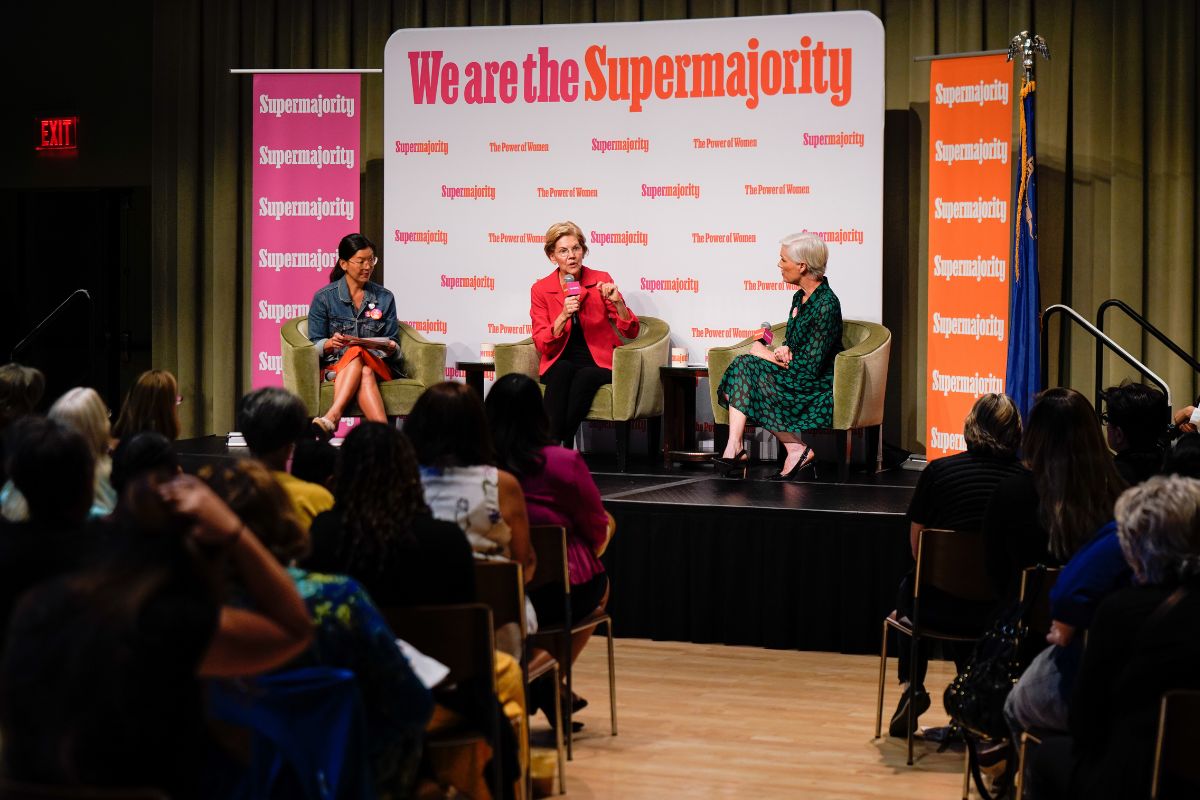
May 9, 2020; Washington Post
Last Friday, the US Department of Labor released the April monthly employment report, documenting the loss of 20.5 million jobs in a single month. As the report indicates, the decline is “the largest in the history of the series and brought employment to its lowest level since February 2011 (the series dates back to 1939).” Looking over the longer term, today’s number of people on payroll—at 131 million—is actually lower than the number of Americans who were employed in 2000. The mass layoffs this past month obliterate the past record of 1.95 million layoffs in September 1945, as World War II ended.
The report also details where the jobs were lost, as is summarized here:
| Leisure and hospitality | 7.7 million (including 5.5 million restaurant jobs) |
| Education and health services | 2.5 million |
| Professional and business services | 2.1 million |
| Retail | 2.1 million |
| Manufacturing | 1.3 million |
| Other services | 1.3 million (including personal care and laundry services) |
| Government (mostly local schools) | 980,000 |
| Construction | 975,000 |
| Transportation and warehousing | 584,000 |
| Wholesale trade | 363,000 |
| Financial (mostly real estate) | 262,000 |
| Information (mostly movies and TV) | 254,000 |
| Mining | 46,000 |
Overall, the loss of 20.5 million jobs worked out to a post-World War II record level of 14.7 percent unemployment, but this is likely an underestimate, in part because the survey marks employment as of April 12th, meaning that many more might have lost their jobs before the end of the month. The Labor Department itself told the New York Times that the actual unemployment rate last month might have been closer to 20 percent.
In the same data series, the more inclusive U-6 measure (which includes those not actively seeking work and involuntary part-time workers) totaled 22.8 percent, up from 7 percent two months ago. The percentage of people employed fell to 51.3 percent, the lowest number ever in the series.
As Tracy Jan observes in the Washington Post, the “shutdown fell unequally on Americans according to age, gender, educational attainment as well as race.” A summary of unemployment demographics follows:
| February 2020 | April 2020 | |
| Overall | 3.5% | 14.7% |
| Asian | 2.5% | 14.5% |
| Black | 5.8% | 16.7% |
| Latinx | 4.4% | 18.9% |
| White | 3.1% | 14.2% |
| College grad | 1.9% | 8.4% |
| Lacking high school diploma | 5.7% | 21.2% |
As the above chart indicates, the disparity in unemployment is most heavily correlated with education levels, as people with college degrees tend to be concentrated where remote work is more possible than people who have not completed high school.
Sign up for our free newsletters
Subscribe to NPQ's newsletters to have our top stories delivered directly to your inbox.
By signing up, you agree to our privacy policy and terms of use, and to receive messages from NPQ and our partners.
Indeed, as Elise Gould of the Economic Policy Institute (EPI) points out, there is a strong class dimension to the unemployment wave. Of the 19.5 million jobs lost in the private sector last month, fully 18.1 million of them were classified as production and non-supervisory workers. Even amidst a massive surge of unemployment, unemployment among managers is presently 6.2 percent (with professional workers at 8.8 percent and all other job categories 12.7 percent or higher).
Gould adds that there is also a gendered dimension to the layoffs; women, many of whom labor in the high-unemployment service sector, have suffered the majority of job losses. In April, Gould writes, “women suffered 54.9 percent of total job losses. Women represented 50 percent of payroll employment in February but represented 55 percent of job losses over the last two months.”
As for race, the employment disparity is clear in the data, but may be in fact be understated, according to Heidi Shierholz, policy director at EPI. Shierholz notes that the was a 13 percentage-point drop in the federal survey response rate in April. This leads her to believe that the full extent of Black and Latinx unemployment was not fully captured in the data.
Tragically, the decline in employment in communities of color comes just as the economic expansion was starting to finally begin to narrow the racial wage gap. Back in February 2020, “a New York Times analysis of government data found that wage growth for Black workers…accelerated recently after lagging for much of the decade-long economic expansion.”
The same article warned, however, that, “Historically, the gains made during periods of low unemployment have proved transitory for Black workers, who are among the last to benefit from a good economy and among the first to suffer in a downturn.”
Now that the feared downturn has arrived, Darrick Hamilton, an economist and executive director for the Kirwan Institute for the Study of Race and Ethnicity at Ohio State University, is advocating for the implementation of a federal job guarantee to avoid mass unemployment and the common “last hired, first fired” pattern.
“We need to be thinking about a new future for America that literally gets rid of involuntary unemployment,” Hamilton tells Jan.—Steve Dubb











